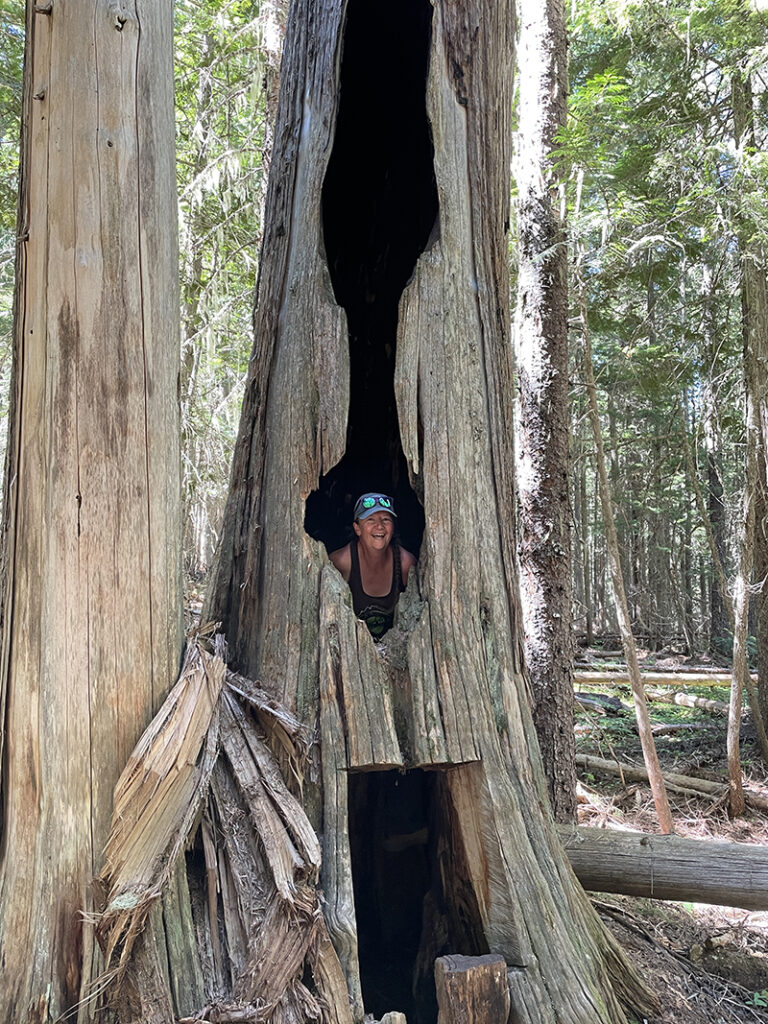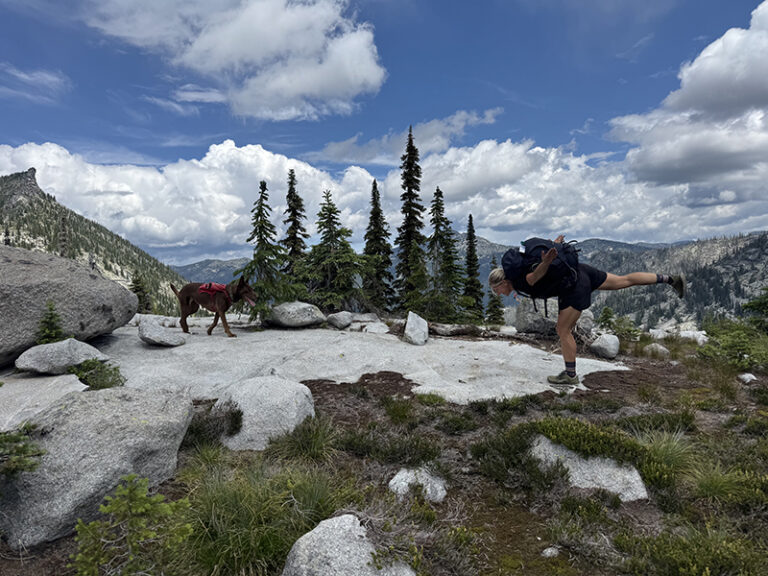How the Inland Northwest’s lakes are unique worldwide
The deep, clear lakes scattered around the Spokane region provide fascinating evidence of the unique geologic history of the Inland Northwest. The stories they carry are rich enough for myth or legend: massive ice sheets, lost glaciers, churning floods, and fresh flows of groundwater from underground rivers and aquifers.
Geologist Bruce Bjornstad has devoted years of research and field work to the study of the cataclysmic Missoula Floods that shaped many of the local landscapes. “Out in the scablands of southeast Washington,” he says, “Medical Lake and Sprague Lake—those are fed by groundwater exclusively. There are actually no streams or rivers flowing in.” He describes how the floods carried huge amounts of rushing water and debris that, “scoured out big holes in the basalt. The places where these floods scoured below the water table are now filled with lakes.”
According to Bjornstad, as many as 100 such floods occurred over a few thousand years toward the end of the last ice age, when the Cordilleran ice sheet covered a large part of the Pacific Northwest. During this period, ice repeatedly blocked the Clark Fork River, creating a dam up to 30 miles wide and 4,000 feet thick that blocked the river’s flow. Water from the resulting lake periodically overpowered the ice dam by flowing under it or by permeating and breaking up the ice.
In one of his many lectures, Central Washington University geologist Nick Zentner says that at its top speed, water from Glacial Lake Missoula moved at 70-80 miles per hour, and for multiple days following the breaking up of the ice dam, flowed at a rate of 500 million cubic feet per second—10 times the flow of all the rivers of the world combined.
Idaho’s Rathdrum Prairie sits directly downstream of the outburst area for the Missoula floods. “When the glacial dam broke,” Bjornstad says, “the rushing water dropped so much sediment that it raised the level of the Rathdrum Prairie and blocked tributaries,” damming streams and preventing accumulating water from escaping. This phenomenon created today’s Coeur d’Alene, Liberty, Twin, Newman, Hauser, Hayden and Spirit lakes, all of which are fed from rivers and streams that drain down from surrounding highlands and feed the prolific Rathdrum Prairie-Spokane Aquifer below.
Lake Pend Oreille, the fifth deepest lake in the Unites States, was formed by a combination of grinding ice and floodwater. According to Bjornstad, a lobe of the ice sheet crept down from the Purcell trench (a long, glaciated valley extending from British Columbia into North Idaho), carving a deep trough where the lake rests today. The Clark Fork River, formerly dammed with ice during the Missoula flood period, now feeds Lake Pend Oreille, along with the Pack River.

Bjornstad says a second ice lobe carved out and filled Priest Lake, which is bordered by a buildup of sediment at its southern end unrelated to the Missoula floods. “At the extreme front end of the glacier that carved out Priest Lake, the ice started melting back and dropped a huge amount of sediment, which formed a natural dam. This type of sediment is called a glacial moraine.”
Bjornstad says “there are lots of natural lakes in this area. They’ve formed in a lot of ways, including erosion from the Missoula Floods, glaciers, as well as damming and filling of water behind glacial moraines.” He says floods made the biggest contribution by creating many scour holes and troughs that lakes now occupy. Today these depressions receive water from rivers, streams and groundwater. Still other lakes, like Lake Roosevelt and Long Lake along the Spokane River, are recent lakes created by man-made dams immediately downstream. Banks Lake is also a modern, man-made lake created by the pumping of irrigation water 500 ft above Lake Roosevelt into the upper Grand Coulee.
When asked where one might find other lakes and landscapes similar to those in the Inland Northwest, Bjornstad says: nowhere. “What we have here is unique worldwide. It’s one of a kind. We find evidence elsewhere to suggest the story of perhaps a single large Ice Age flood, but nothing on the scale of what we see from these repeated Missoula floods.”
For more local geology, check out Bruce Bjornstad’s books (available at Auntie’s Bookstore): “On the Trail of the Ice Age Floods: A Geological Field Guide to the Mid-Columbia Basin,” and “On the Trail of the Ice Age Floods—The Northern Reaches: A Geological Field Guide to Northern Idaho and the Channeled Scabland.” //
Olivia Dugenet is a frequent contributor to Out There Outdoors. This summer, she will be sleeping on the shores of at least eight different lakes and rivers in remote sections of Wyoming, Montana and British Columbia.













